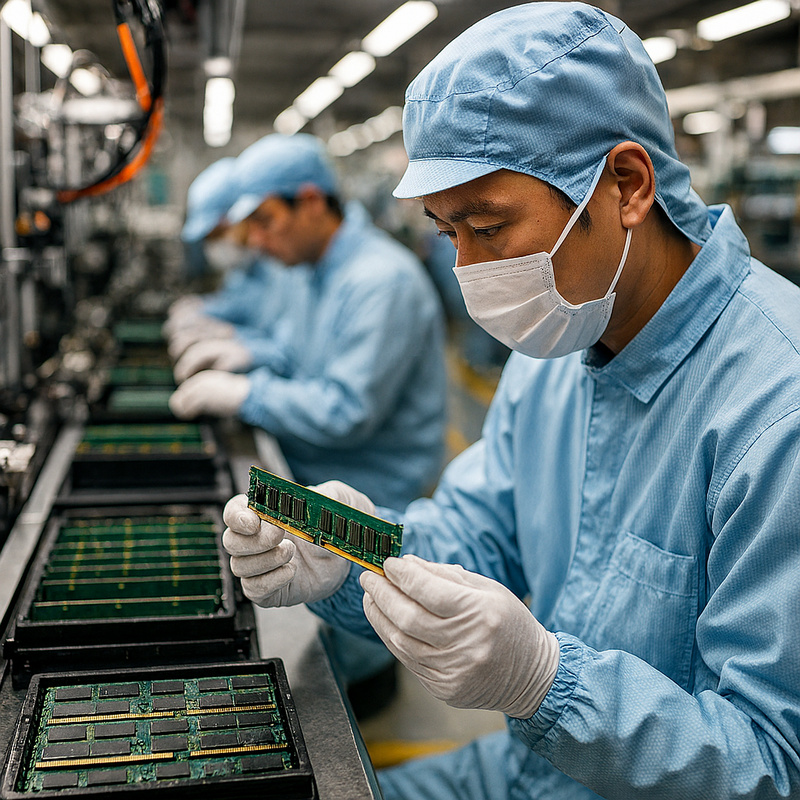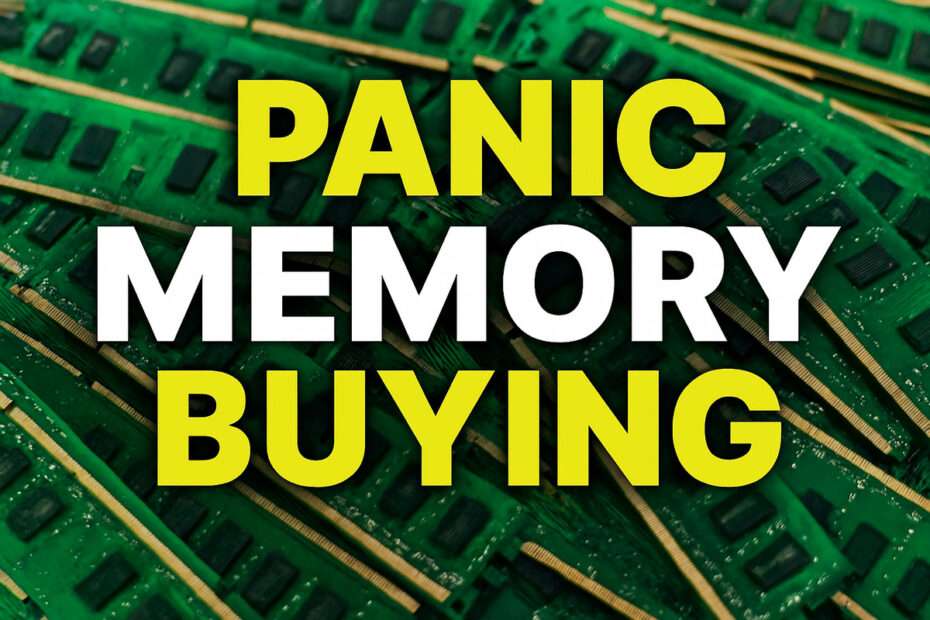Analysts are starting to get nervous about how aggressively companies like Asus and MSI are buying up memory chips. A new report from DigiTimes says this overspending is likely to continue through the end of the year, and some experts think it could set the stage for a chip shortage that drags on until 2027.
The pressure is already showing. DRAM prices are climbing fast, and forecasts for 2026 suggest things will only tighten further. It feels like a scramble among major tech companies, each trying to secure as much memory as possible. At the same time, data centers are swallowing a huge portion of the world’s supply, leaving other industries to fend for what’s left.
Analysts widely attribute the tightening market to the surge of capital directed toward AI-focused data centers. Their demand for high-bandwidth and high-capacity memory, most notably HBM and RDIMM, continues to absorb an outsized portion of supply. In response, top memory producers are initiating extensive operational shifts to scale output.

To make the most of the demand spike, foundries are steering their efforts toward the memory products that bring in the most profit. Some are even retooling lines that used to produce regular DRAM. And it’s working; many manufacturers have hit record revenue lately, showing that the AI boom is finally turning into real money for the chip industry.
This “memory crunch” is starting to change actual product timelines. Some memory kits that were supposed to launch in late 2025 have been pushed into the next year. And if there was any doubt about how tight things are, SK hynix cleared it up; they say every part of their memory output, from DRAM to NAND to HBM, is already spoken for through the end of 2026.
Taiwan’s hardware makers used to count on steady memory contracts to keep things predictable. Now that supplies are running thin, they’re buying more from the spot market, where prices jump around a lot. And when their costs go up, it usually means consumers feel it too, both in price and availability.
Maybe you would like other interesting articles?

